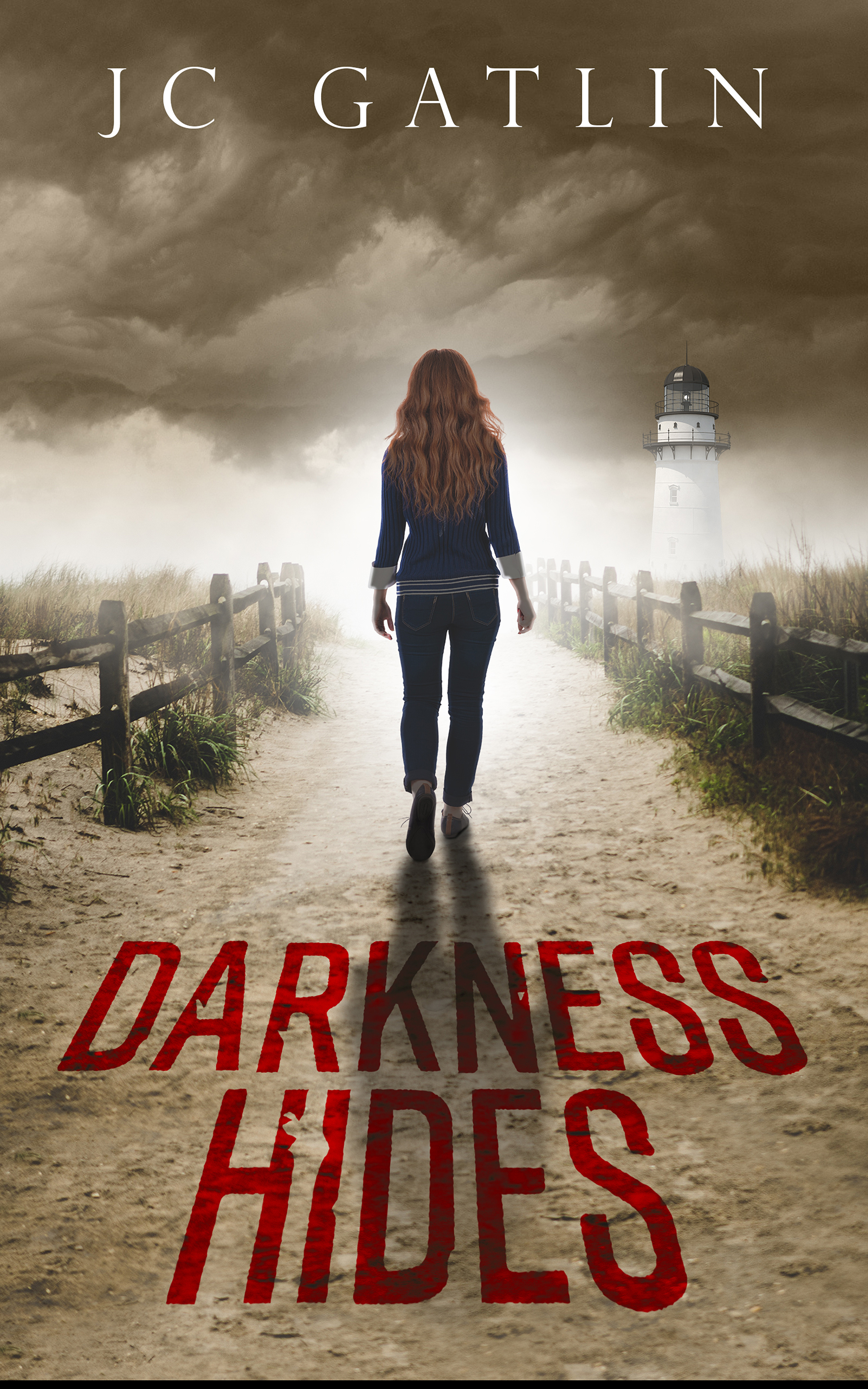Like any good game, there are rules to writing a good mystery. The author challenges the reader to solve the crime before the sleuth—whether that’s a police detective, a hard-boiled PI, or an amateur, every day person. The reader expects there to be clues leading to the murderer’s true identity and trusts that all the questions will be answered by the Big Reveal. So, for the author to play fair and deliver a puzzle with a fair solution, these are a few rules must be followed.
- The crime must be a murder. Burglary, kidnapping, extortion and the like make for great thrillers, but only murder makes a mystery worth solving. Personally, I like to begin with the murder, then introduce the sleuth and start the investigation. However, there’s nothing wrong with having the murder occur before the story begins, or introduce the sleuth, victim and suspects, then have the murder occur.
- The murder act must be believable. In other words, the murder’s motive, means, and opportunity must all make sense, and he or she must be physically capable of committing the murder.
- Introduce the murderer early on, preferably within the first three chapters. Readers will not tolerate a character introduced near the end of the book who turns out to be the murderer. There wouldn’t be any way for the reader to peg that character as a suspect and would consider the author cheating.
- The sleuth must solve the mystery using only rational and sensible techniques that, if observant, the reader could equally pick-up on and solve the mystery.
- Provide at least three genuine clues that point to the murderer’s identity. These clues don’t have to jump off the page, and probably shouldn’t, but they have to exist, none the less. A good practice to follow is to give the murderer Motive, Means, and Opportunity, while other suspects may have one or two connections (for example motive and means, but not opportunity).
- Red Herrings (characters who are suspected of murdering the victim or clues that seem relevant but aren’t) should have a point to the plot beyond just misleading the sleuth and, by extension, the reader. Generally, suspects are hiding a secret that impacts the story or characters; it’s just not THE secret.
- The Big Reveal—the point when the sleuth identifies the murderer—should occur at the end of the story, ultimately in the penultimate or final chapter. After all, once the mystery is solved, the story is over, right? Chapters detailing characters’ lives after the murderer is caught are not welcomed in the mystery genre. Wrap up some subplots if necessary, then close the book!
About the Author, JC Gaitlin
JC Gatlin lives in Tampa, Florida, and writes mystery novels that include sunny Florida locales and quirky locals as characters. His last novel, H_NGM_N: Murder is the Word, won the coveted Florida Royal Palm Literary Award for Best Mystery in 2019. He is active in the Florida Writer’s Association and is a board member on the Florida Writer’s Foundation, a charity organization that fights illiteracy.
Connect with the author: website ~ facebook ~ linkedin ~ goodreads.
About the Book, Darkness Hides
With a Category 4 hurricane about to make landfall, boat safety instructor Kate Parks is running out of time. Bodies are piling up–and they’re not from the raging storm.
It doesn’t take long for her to see that the clues have one thing in common: a connection to the recent death of her five-year-old nephew.
In a brewing storm of rage, guilt, and family secrets, Kate fights to protect her grieving sister just as the hurricane threatens everything she knows and loves. But before her world is completely ravaged, she must uncover one final truth.
Purchase your copy on Amazon or add it to your GoodReads page.







Good tips!
Thank you for featuring my new mystery! I really appreciate it.